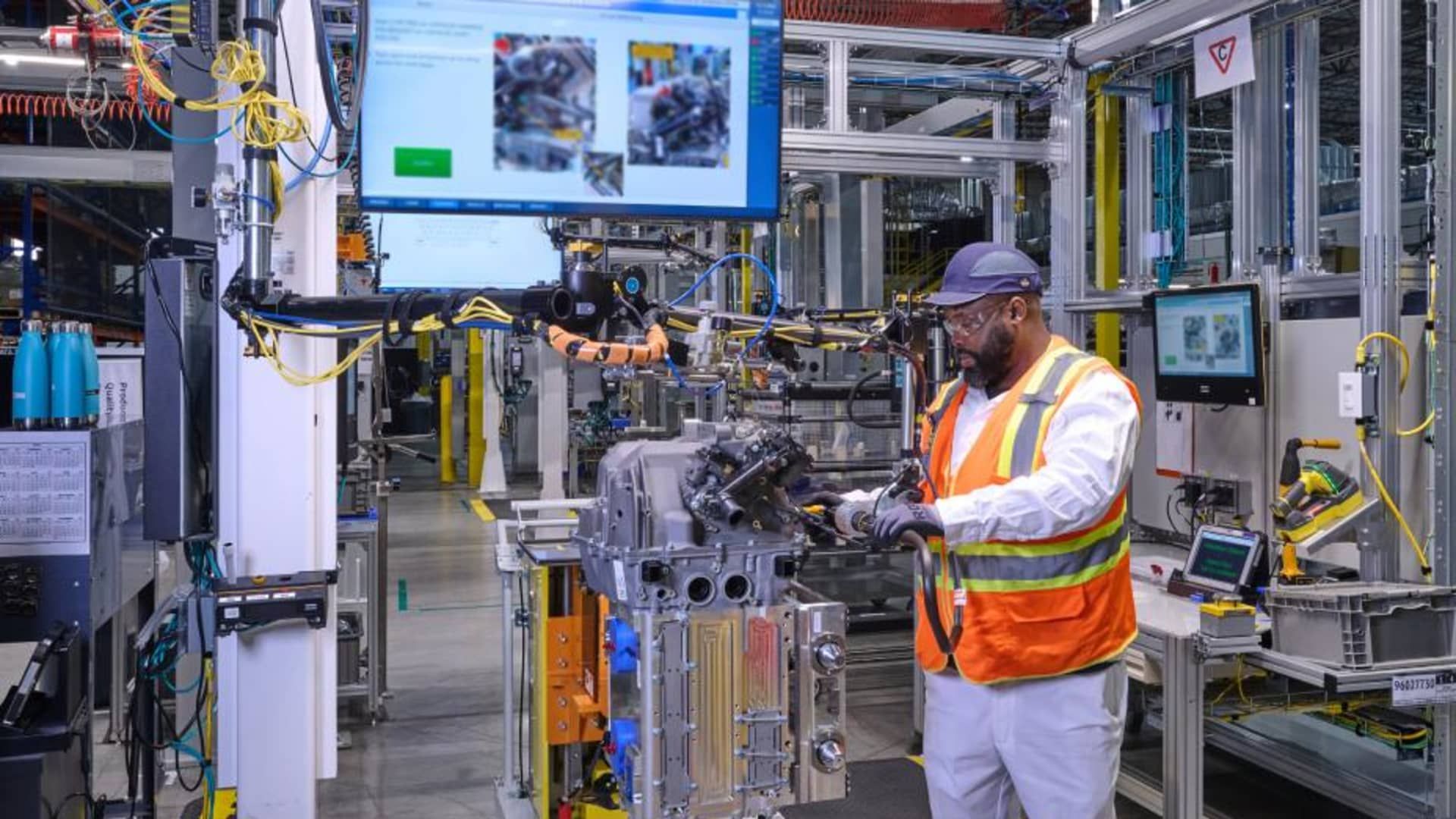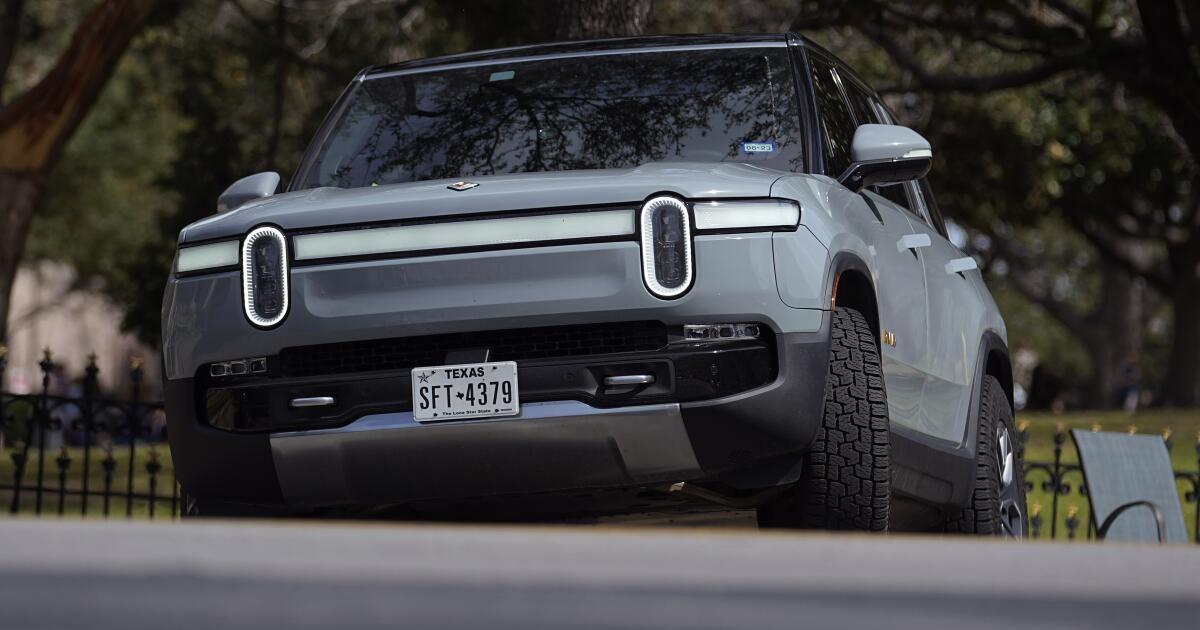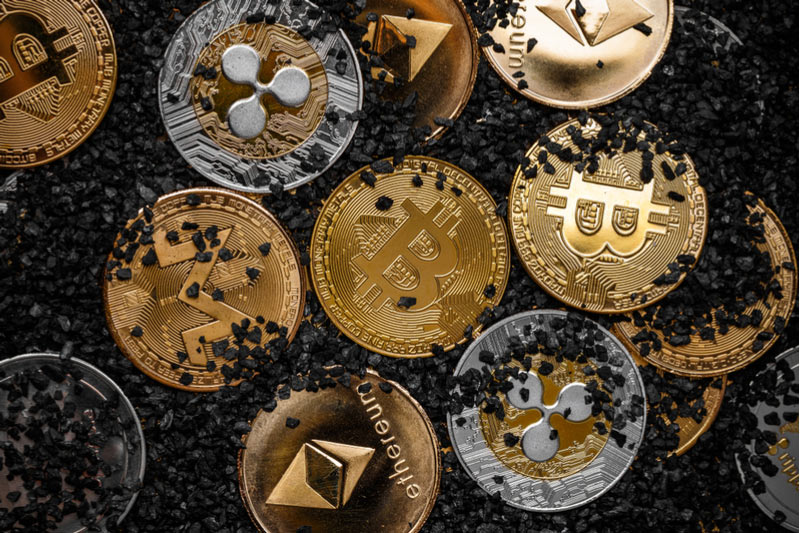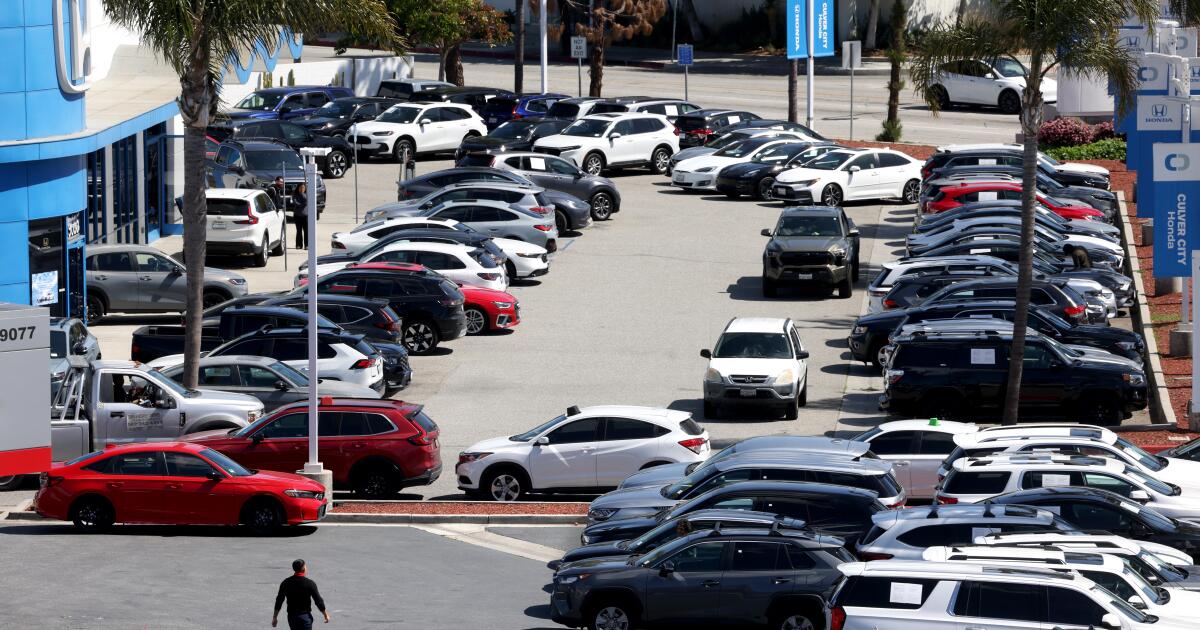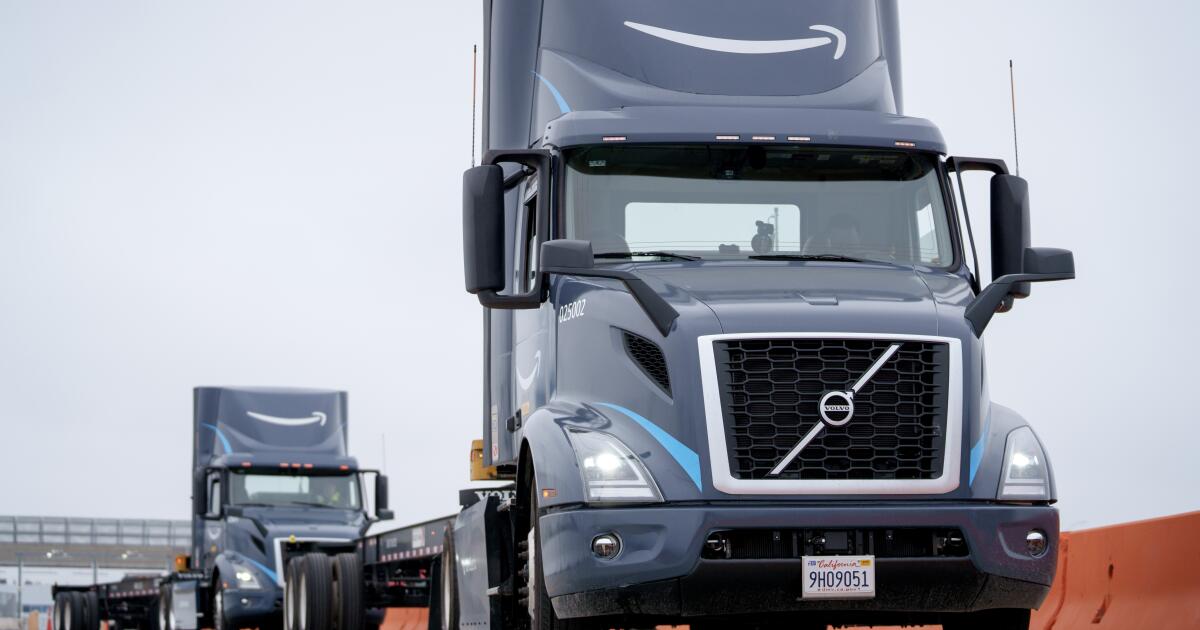An employee assembles a fuel cell system in final module assembly at Fuel Cell System Manufacturing LLC, the fuel cell joint venture of GM and Honda in Brownstown, Michigan.
Courtesy image
BROWNSTOWN, Mich. – General Motors and HondaEngine have begun commercial production of hydrogen fuel cell systems in a step towards offering alternative zero-emission solutions beyond battery electric vehicles.
The fuel cell systems are produced through a 50:50 joint venture between the automakers at an $85 million facility in suburban Detroit. The companies, which market and sell products separately, call the joint venture's “large-scale” production the first of its kind in the United States.
Many in the automotive industry see fuel cells as a replacement for diesel fuel use cases in things like generators, heavy-duty trucks, semi-trailers and construction equipment, among others.
Executives from the automakers and the joint venture Fuel Cell System Manufacturing LLC, as it is called, said the start of commercial production marked a historic moment for the technology, which has been in development for decades.
And it comes at a key time for fuel cells.
Tightening emissions regulations, technological improvements and greater attention to environmental, social and governance (ESG) efforts have created a clear opportunity, officials said.
“We're gaining some scale capability; we're bringing costs down. And now we can start moving it into these segments where it wasn't really feasible before,” Charlie Freese, executive director of GM's “Hydrotec” fuel cell products. , he told CNBC during an event at the plant.
Jay Joseph, vice president of sustainability and business development at American Honda Motor Co., discusses the company's upcoming fuel cell vehicle that will be based on the CR-V crossover on Jan. 24.
Michael Wayland/CNBC
“If we don't plant the seeds of future hydrogen use today, it will be further delayed,” said Jay Joseph, vice president of sustainability and business development at American Honda Motor Co.
Honda and GM began working together on the current fuel cell system in 2013. The systems' highly automated production process is complex and involves expensive materials such as platinum and carbon fiber, combined to produce flat “cells.” Each fuel cell system has 307 cells stacked vertically.
Honda's system is expected to be introduced into vehicles this year with a crossover based on the popular CR-V. GM's first applications are expected to be for backup power plants and large trucks in Autocar's fleet.
Honda's next fuel cell vehicle is expected to be sold primarily in California, where some retail fueling stations for hydrogen vehicles have already been set up. The Japanese automaker previously sold a fuel cell vehicle called Clarity, which ended production in 2021.
Production and challenges
Honda expects to sell approximately 2,000 fuel cell systems per year by 2025, followed by 60,000 units in 2030 and a few hundred thousand units per year by the second half of the 2030s.
That production volume compares to millions of traditional vehicles and electric vehicles that GM and Honda are expected to produce in the coming years.
GM declined to disclose production or sales expectations for its fuel cell system, but Freese said the factory is capable of scaling as needed and that both automakers are “looking at the same market and seeing the same type of opportunities”.
A GM Hydrotec fuel cell power cube on display at the company's joint venture facility with Honda in Brownstown, Michigan.
Michael Wayland/CNBC
In 2017, GM said it hoped to produce at least one fuel cell passenger vehicle by 2023, however, he abandoned that plan less than three years later focus on battery electric vehicles for consumers.
Freese said GM continues to view fuel cells as a complement to GM's plans for battery electric vehicles, which include ending production of traditional gasoline-powered vehicles for consumers by 2035.
Hydrogen fuel cell electric vehicles and equipment operate much like battery electric vehicles, but are powered by electricity generated from hydrogen and oxygen rather than pure batteries, with water vapor as the only byproduct. They fill with a nozzle almost as quickly as traditional gasoline and diesel vehicles.
Fuel cell vehicles face the same challenges as battery electric models, including consumer acceptance, fuel infrastructure and cost. Those obstacles are why many expect fuel cells to first enter commercial applications, such as trucking, with their established routes and destinations.
The challenges are also why some critics doubt the potential market. Elon Musk, CEO of the American leader in battery electric vehicles teslahas criticized fuel cells as “dumb cells”, “a load of rubbish” and “overwhelmingly stupid”.

